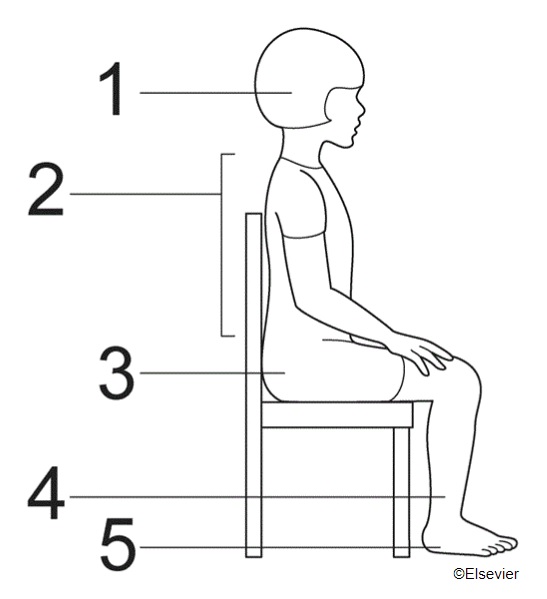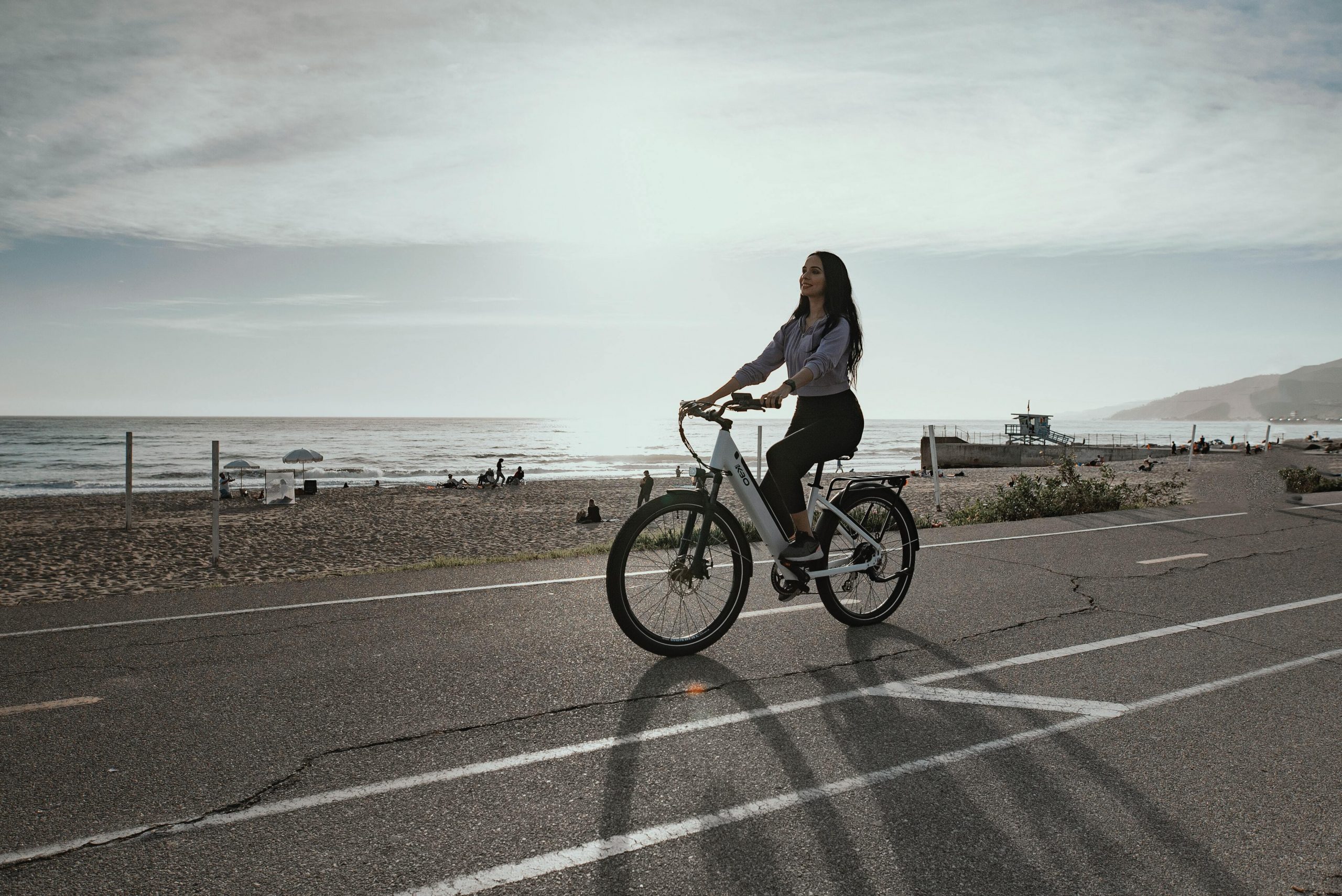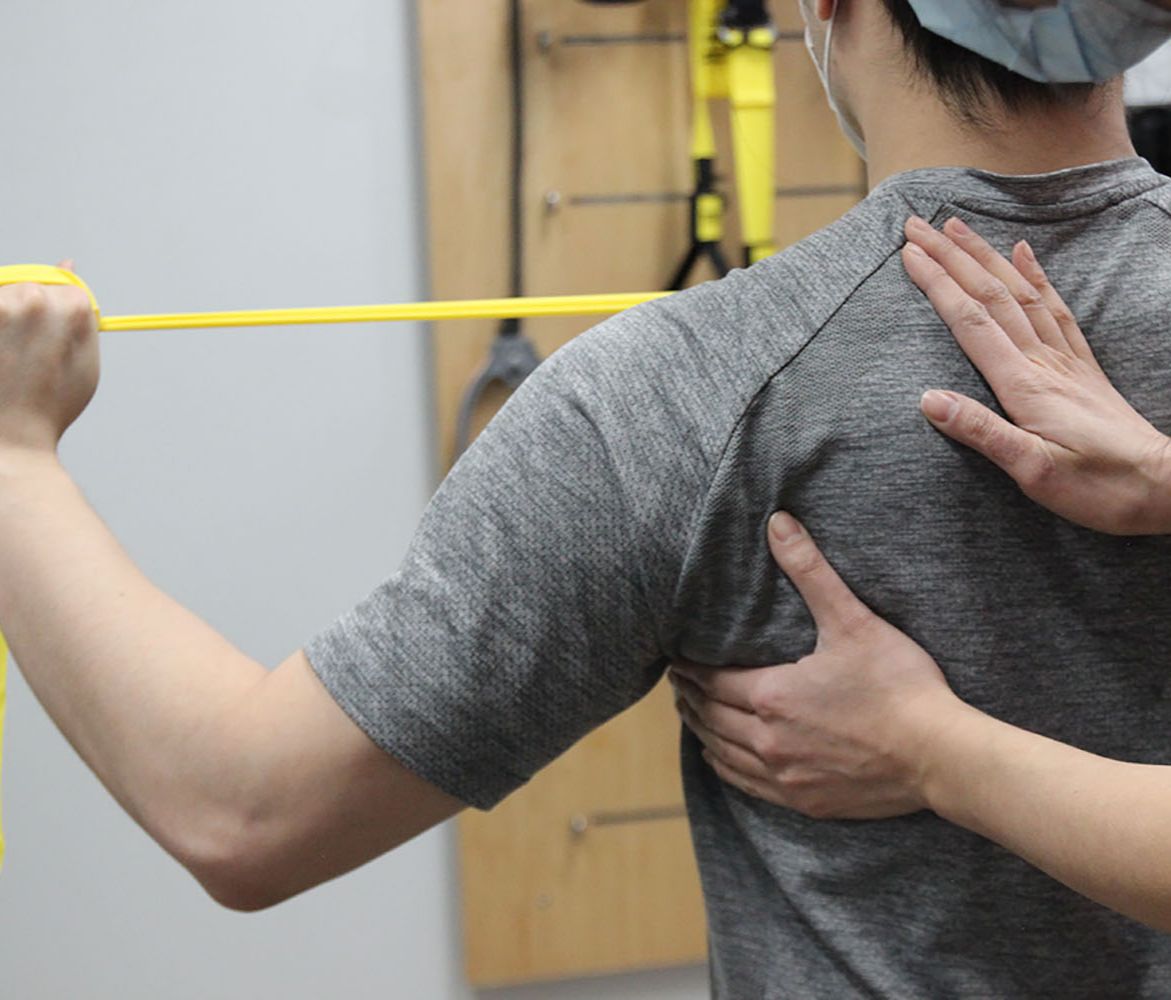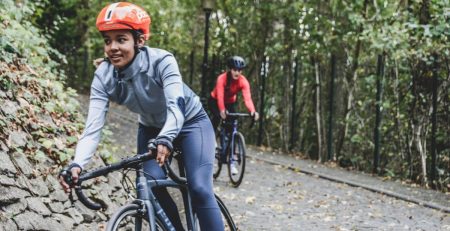When people are told to have better posture, many instantly think about sitting up straighter at their computer. Others think about standing up taller and not slumping. All of these are applicable, yet not all comprehensive of what we do in our day to day. While technology is pervasive in our work and school lives, applying principles of good posture are not limited to computer use.
Start with the basics
The typical neutral standing posture follows a vertical line that is runs through the centre of gravity. From top to bottom, the body landmarks this line runs through are the ears, shoulder, just behind the hip, in front of the knees and slightly in front of the ankle joint.
The ideal upright sitting position allows for the same line of gravity for the upper body: ears, shoulder and hip. Additionally, the pelvis should touch the back of the chair and the low back should retain a slight arch. From the bottom up, both feet should be flat on the floor, knees are positioned above the feet, and there should be about your hand’s width between the back of your knees to the front of the chair seat. The chair seat should not be digging into the back of the knees.
Good posture can help with preventing or managing pain, greater mobility, better breathing, higher self-esteem, as well as improved circulation and energy efficiency.

Sit or Stand at the Computer?
The options to have a sit-stand desk to prevent prolonged sitting have grown as the options to study- and work-from-home have increased over the last while.
When sitting at the computer, the additional base sitting posture explained above applies, plus the details of ensuring a set up that allows for your elbows to be bent about 90 degrees, and wrists to remain neutral when typing and using the mouse.
Sitting or standing, computer screens should be placed at a height where your forward eye gaze should be at the top one-third of your screen. The exception: for those of us with bifocal glasses should place the monitor height even lower, so that reading words on the top half of your screen does not require you to tilt your head back in order to look through the bottom of your glasses lens.
If using a standing desk, placing a foot up on a step stool can help reduce the load on the low back compared to just standing on even ground. Being able to shift your weight with this option of using a step stool can be helpful for those with low back pain to stand longer.
When using your desk for longer periods of reading, placing your textbooks, documents or tablet flat on the desk tends to lead to a hunched posture and the head bend forward. Consider raising your reading material up and at an angle towards you with the assistance of a book stand or lap tray, for example. This will allow you to sit more upright, keep your shoulders back, and only slightly tilt your head down to read.

The Day to Day
What about the rest of your day? There are more hours in a day than what is just dedicated to work or school. Fostering good mental and physical health can include participating in other activities, exercise, and responsibilities. Even these can benefit from good postural awareness!
Laundry. Instead of stooping over to do the laundry, consider alternatives for good back posture. For a front loader machine, kneel to allow neutral back posture. Pull clothes out into a bin or basket with good handles to allow for safer lifting. For a top loader machine, try standing on a stepstool to help with pulling out clothes from the bottom of the machine.
Groceries. Many people try to hold as many bags of groceries in one hand as possible – and I confess, I am culprit to this too! Holding heavier or more loads in one hand often leads to people leaning the body to the opposite side to carry the load. To avoid bending the spine sideways, make the load more even to allow for your body to remain upright and centred by:
- Carrying grocery bags of similar loads one in each hand
- Do not overfill grocery bags
- Lift heavier bags one at a time with both arms, holding the load close to your body
- Use a cart instead of a hand basket
And as always, it’s okay to slow down – make the load a little lighter by taking the extra minute or two to make a second trip back to the car, instead of hauling all the bags in one go.
Cleaning. Whether it’s sweeping, dusting, mopping, vacuuming or even scrubbing the tub, I used to always think about efficiency. “The farther I could reach, the faster I could be done.” Keeping my reach closer can prevent awkward reaching and twisting with these cleaning tasks, and prevent injury, but it does not have to mean taking hours longer to complete the housework!
Here are some alternatives to excessive reaching in cleaning:
- Walk with your vacuum a couple extra steps to get the reach you need
- Move your feet to sweep or mop rather than just twisting your back
- Use an extendable handle for dusting low and high reach spots
- Use a step stool to reach high shelves or light fixtures instead of craning your neck
- Replace your sponge or scrubber with stick brush equivalent to avoid the dreadful tub reach
Playing with the littles. Take the time to kneel down to the level of young children instead of stooping from a standing position. Sit on a short stool if sitting or kneeling on the floor is difficult for joints. Consider sitting at a table for some activities instead of laying on the floor. When holding infants, avoid poking your head forward, and curling your shoulders and upper back down to look at the infant and instead bring the infant closer to you by using a pillow support.
Sports and Leisure. While every sport has its unique movement traits, posture rules for good spine mechanics generally do not really change. A great rule of thumb is to think: Avoid slumped postures. Consider movements such as teeing-off in golf, batting in baseball, or throwing even a bowling ball. Keeping good spine posture can be a starting point to improve the quality of your movement for better or safer performance. Perhaps maybe you’re just looking for some leisure activities to do outside this summer. Keeping good spine posture in catching a Frisbee, canoeing on the lake, and even biking the trails will make a significant difference to how you feel during and after activities.

Thing Outside the Box
Now when you think of posture, consider more than just your desk and electronics. Good posture through all the activities in your day count towards better health!

Joanna Wong, MPT (Bio)
Registered Physiotherapist
Joanna has ten years of experience working in a variety of physiotherapy provinces and settings such as Queen Elizabeth Hospital, Toronto Rehab Institute, and private rehab clinics. She employs integrated movement mechanics retraining, manual therapy, and exercise education into personalized treatment programs.
1-on-1 Physiotherapy:

Yes, we are open and following covid-safe protocols! Whether you need a massage for your aches and pains, or a 1-on-1 session with the personal trainer or physiotherapist to keep active physically during this time, book your appointment by emailing us at info@mycompletebalance.com or calling us at 416-901-2873.














Leave a Reply
You must be logged in to post a comment.